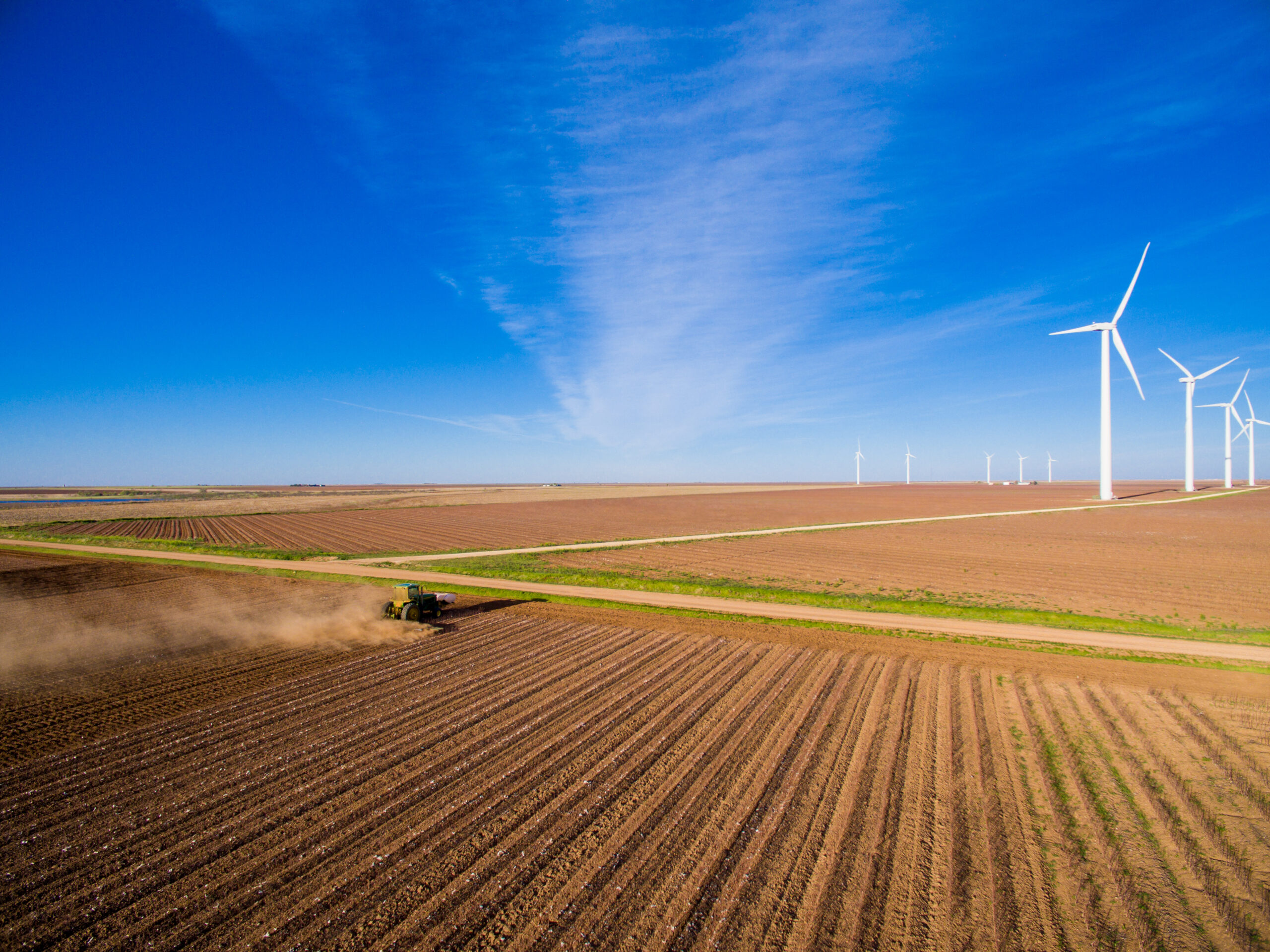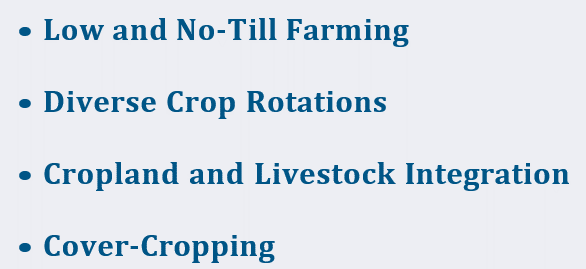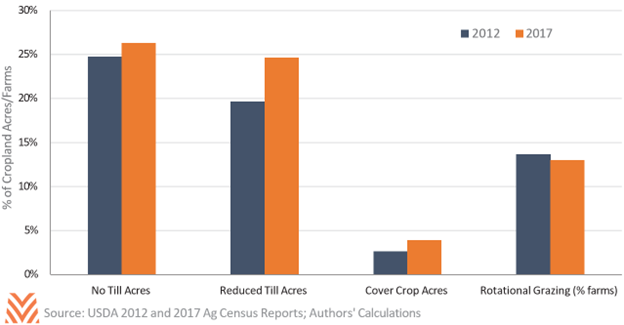Regenerative Farming

Definitions and Background
Farming, by its very nature, is a resource-intensive activity. Feed, seed, fertilizer, water, labor, and equipment are all important variables to producers’ success or failure, but land and soil are critical for things that grow in the ground. In recent years, practices relating to improving soil health have been gaining popularity with farmers and getting noticed by consumers and investors. Researchers and agronomists label these practices “regenerative agriculture.”

The benefits of regenerative practices include reducing the cost of production (e.g., by reducing the need for applications of nutrients and chemicals), increasing the organic matter in cropland soils, and improving the performance of fields in the event of extreme weather, like drought. These boons for producers are leading to some serious and growing interest in regenerative agriculture, as seen in the figure below. In the USDA’s 2017 Census of Agriculture, farmers reported over half of all acres were in either no-till or reduced-till, a sizable increase from the prior census in 2012. Meanwhile, cover-cropping (the practice of planting off-season, less profitable crops to protect soil from erosion) is performed less often, although the practice has still nearly doubled since 2012.

Economics
Regenerative practices can contribute to some serious production and financial benefits for producers that engage in them. For example: because these practices improve soil health and reduce costs of nutrient application and machinery use, they directly contribute to farm profitability. American Farmland Trust studied the use of regenerative practices on nine farms and calculated the average net benefit to each was more than $66,000 per year. For grain farms in the study, the average improvement in profitability was almost $40 per acre. And there may be some indirect financial benefits coming for regenerative agriculture producers, too, with consumers and investors getting behind brands sourcing from such farms. Big brands like PepsiCo and General Mills are currently investing in programs to identify and incentivize regenerative farms.
Meanwhile, for lenders and landowners, the long-term financial incentives for regenerative practices are more subtle but still accessible. Soil quality affects the yield potential of the land, which therefore affects its value. Regenerative practices can help circumvent poor soil quality, helping to avoid the erosion of property value and helping to lower collateral risks and credit costs for borrowers and lenders.
An industry is still forming around regenerative agriculture, even as existing policies and standards are relatively limited. Multiple organizations are defining and standardizing the practices and metrics to certify activities, such as the Carbon Underground, Regenerative Organic Alliance, and Leading Harvest.
As markets and standards form, the economic benefits of these practices could continue to build further. Until the standards solidify, these organizations and others provide good literature and background to help producers, lenders, and investors understand and experiment with regenerative practices.










